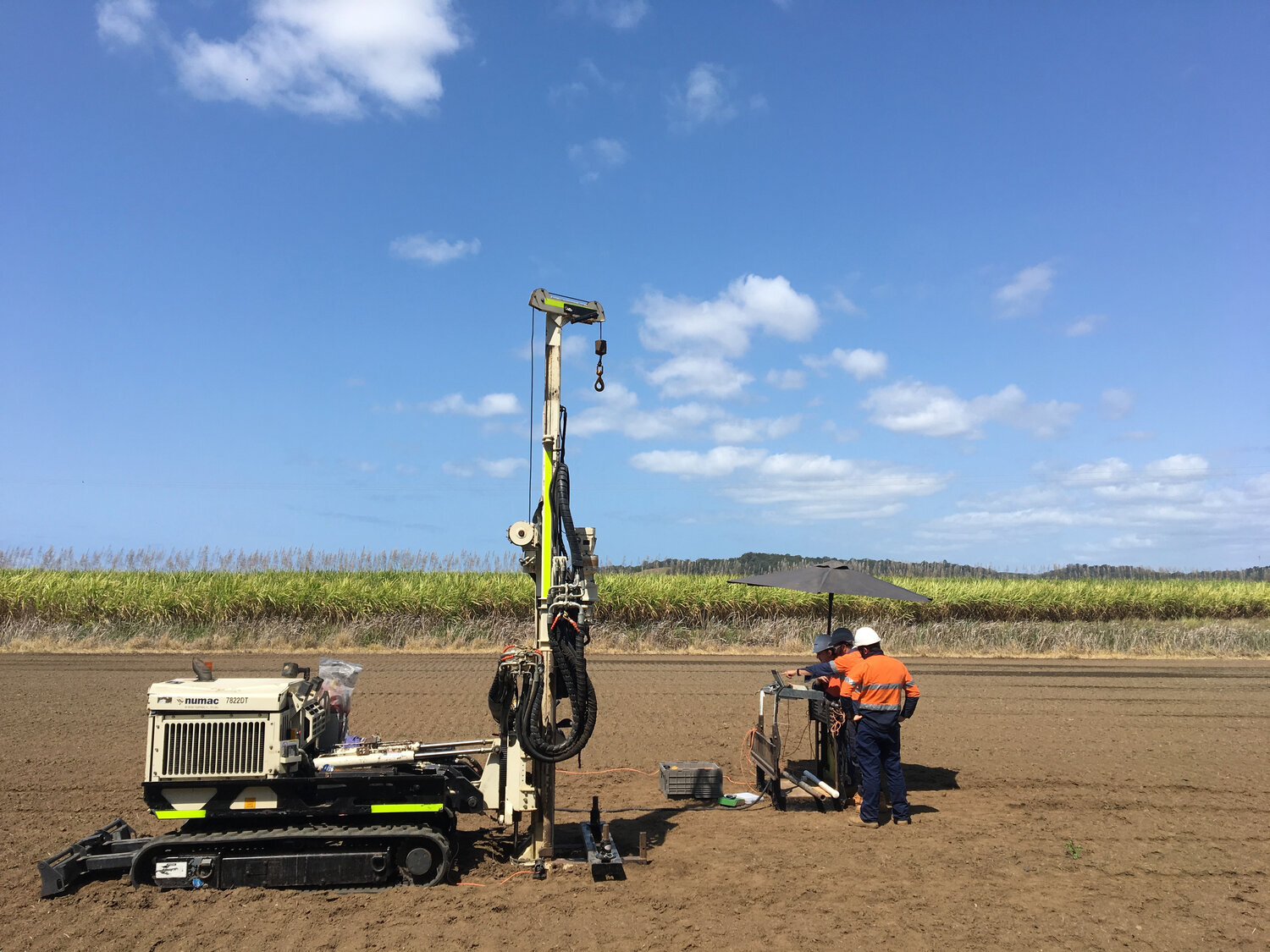
Landfill Investigations
Safe Installation of Landfill Gas Bores with Sonic Rigs
Legion Drilling specializes in delivering complex and challenging drilling programs for landfill investigations. Utilizing our fleet of sonic rigs and direct push logging tools, we offer expertise in:
Leachate monitoring and management
Landfill gas monitoring
Waste characterization
Temperature profiling
Designing gas extraction systems for energy recovery or other applications
Why Sonic Drilling?
Sonic drilling is the optimal method for installing leachate injection/extraction bores and gas monitoring wells, outperforming conventional Geoprobe® and geotechnical rigs in landfill conditions. Key benefits include:
Enhanced sample recovery: Achieve full, continuous recovery for precise vertical profiling.
Minimal investigation-derived waste (IDW): Reduce environmental impact during drilling operations.
Accurate subsurface classification: Easily identify landfill liners and confining layers.
Integrated thermocouple installation: Measure temperature profiles directly within the drill casing for thermal monitoring.
Our drilling operations adhere to the highest safety and quality standards, supported by:
Experienced drillers and a dedicated HSE team
Accredited management systems: AS/NZS 4801:2001, ISO 9001:2015, ISO 14001:2015
Real-Time Direct Push Profiling of Subsurface Characteristics
Legion Drilling also utilizes cutting-edge direct sensing tools, particularly the Membrane-Interface & Hydraulic Profiling Tool (MiHPT), to evaluate landfill impacts in real time. This system provides a comprehensive suite of sensors, including:
Hydraulic Profiling Tool (HPT)
Maps hydrostratigraphic features, identifying preferential migration pathways, low-permeability zones, and saturated hydraulic conductivity.
Electrical Conductivity (EC) Dipole
Detects brines and leachates for hydrostratigraphic characterization.
Helps distinguish between landfill leachates and certain clays (e.g., smectite, montmorillonite) when used alongside HPT data.
Chemical Detectors: PID, FID, XSD (integrated with MIP)
Offers real-time profiling of volatile organic compounds (VOCs).
For example, methane triggers a positive response on the FID log, while PID and XSD signals remain unchanged.
Thermocouple for Temperature Profiling
Enables monitoring of aerobic and anaerobic activity through thermal variation.
This advanced technology ensures precise subsurface characterization, enabling informed decision-making for landfill management and remediation.
Partner with Legion Drilling for Reliable Solutions
Backed by expertise, advanced technology, and an unwavering commitment to safety and quality, Legion Drilling delivers efficient and environmentally sound solutions for landfill gas bore installation and subsurface profiling. Contact us to discuss your project needs.
